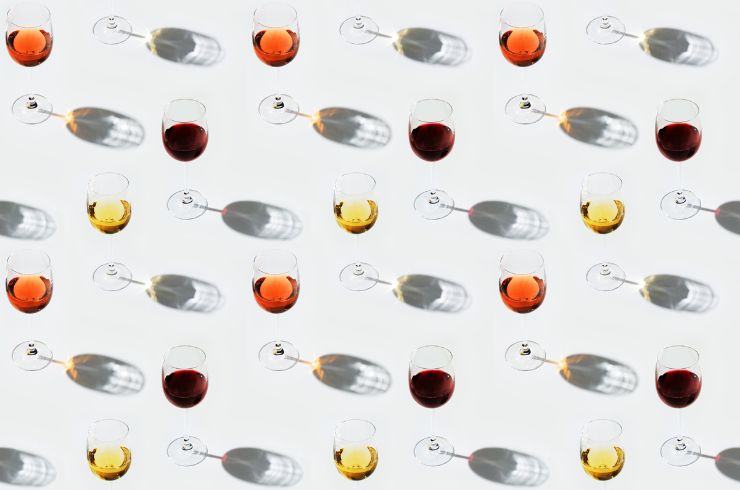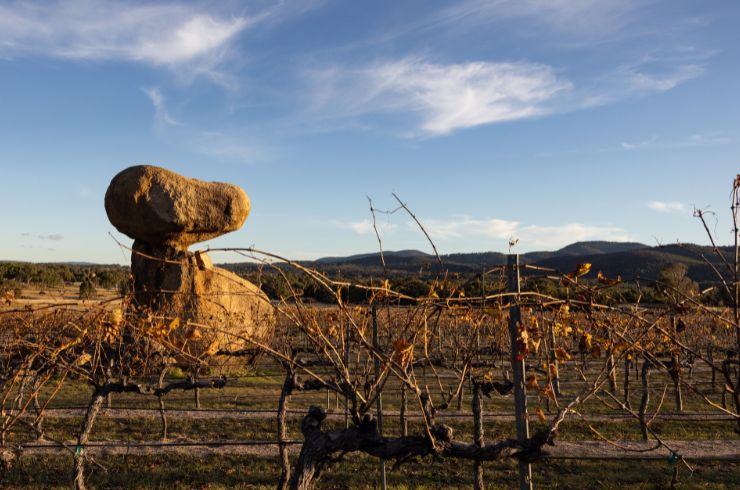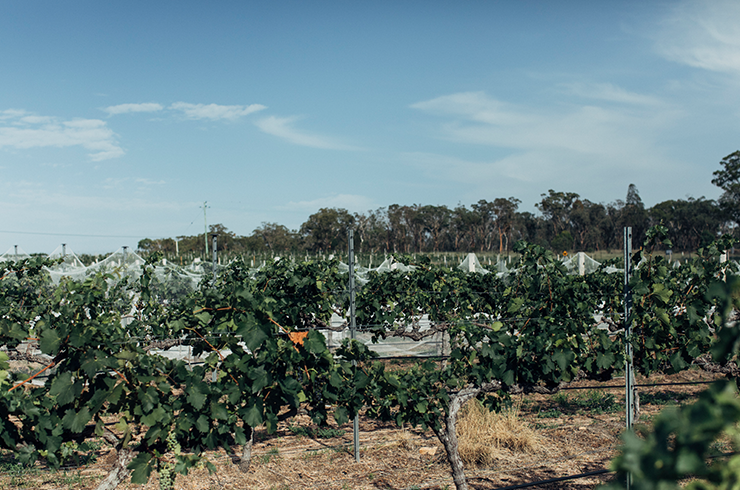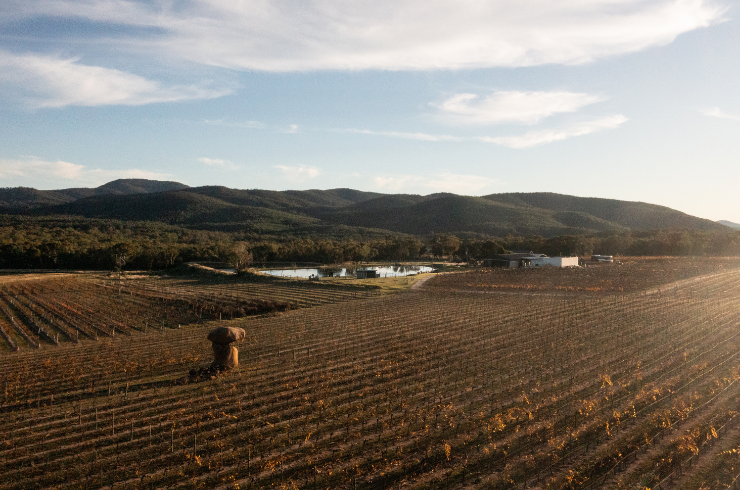Perched high on Queensland’s Great Dividing Range, the Granite Belt wine region is a singular, surprising and endlessly expressive part of Australia’s vinous landscape. It’s a place where altitude meets ambition, where ancient granitic soils intersect with a progressive winemaking culture, and where more than 60 grape varieties find a voice across bucolic vineyards and boutique wineries.
While Queensland and wine might seem uneasy bedfellows to some, the Granite Belt shatters assumptions. This is not a sun-drenched, beachside, tropical fruit and palm tree filled landscape, but a cooler climate haven defined by diversity, creativity and an unshakable sense of place. Here, wines are shaped by elevated terroir, intrepid producers and a deeply rooted ethos of independence.
Winegrowing in the Granite Belt began in the 19th century, but it was after World War II that the modern industry began to take form. Italian immigrants and forward-thinking farmers started planting grapes with a mix of tradition and bold experimentation. By the 1970s, wineries were emerging with greater frequency, and by the early 1990s the region boasted around 20 producers – a figure that has steadily grown as the region’s reputation quietly spread. The founding spirit remains with small producers, hands-on winemaking, and an eye to how the land can shape a wine, not how a wine can chase trends.
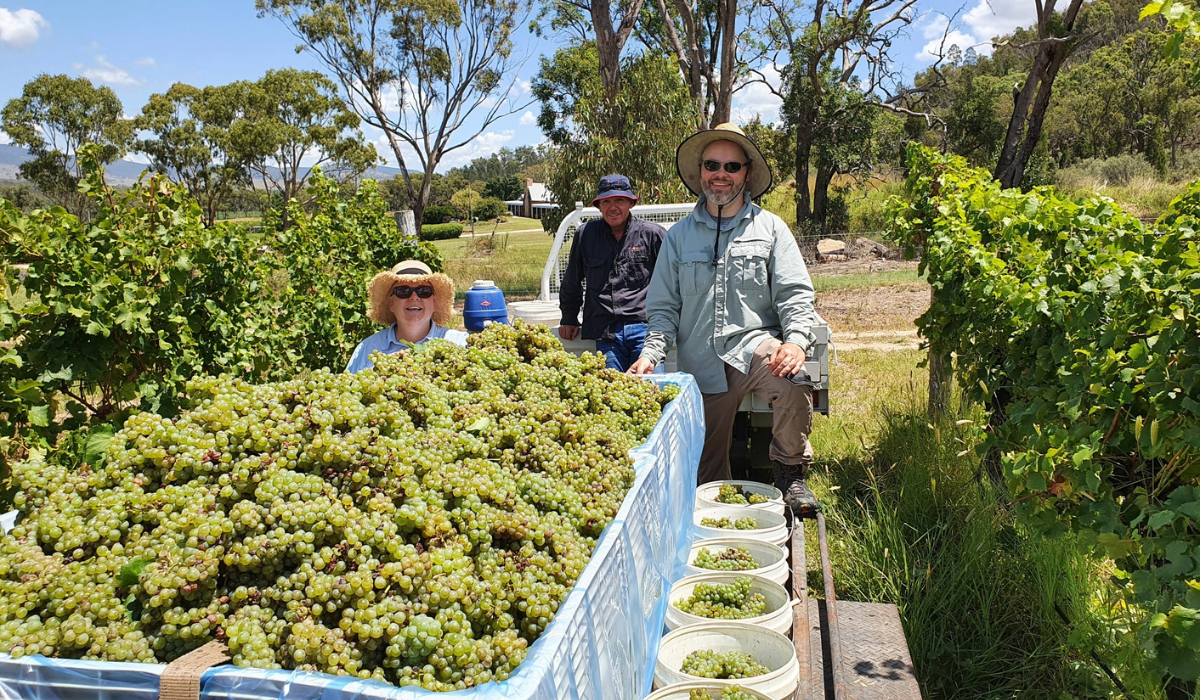
The Granite Belt's defining characteristics
Granite Belt vineyards typically sit between 800 to 1000 metres above sea level, making them some of the highest in Australia. This altitude is crucial, offering a cool-climate edge in a state otherwise known for heat and humidity. The diurnal shift, warm days and (very!) cool nights, allows grapes to ripen slowly and retain natural acidity, building structure, freshness and aromatic complexity. Soils, as the name suggests, are granitic, boldly so with the landscape dominated by granitic outcrops amongst the scree of gum trees and Aussie bush. The soils are free-draining, mineral-charged and apt for concentrating flavour and energy in fruit. There’s a signature line of mineral tension and bright acidity that runs through many of the region’s wines, a hallmark of place that winemakers lean into with growing confidence.While many Australian regions hang their hat on a handful of key varieties, the Granite Belt thrives on difference. The ‘Strange Bird Alternative Wine Trail' grew out of a regional wine tourism initiative and highlights the region’s depth, with over 60 grape varieties in commercial production and on show on this tourism trail. The varieties include emerging stars, neglected classics and fringe curiosities that, under the right hands and conditions, produce thrilling wines.
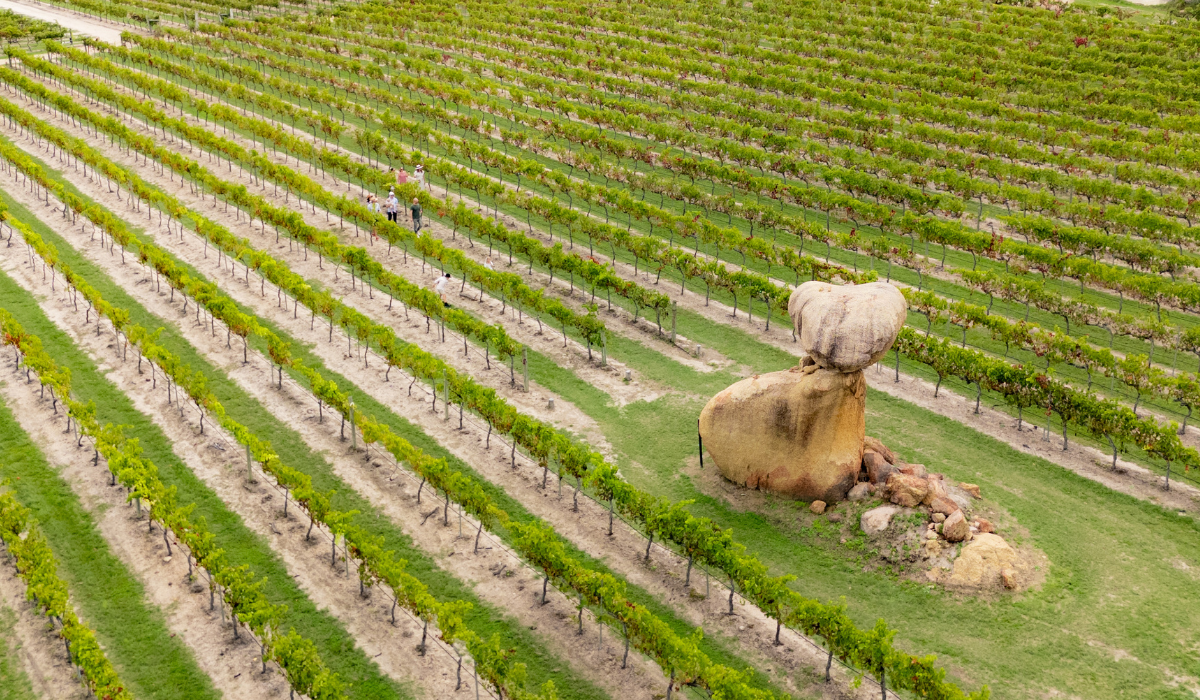
Italian varieties have become emblematic. Sangiovese, barbera, fiano, vermentino and nebbiolo perform with pizzazz, often showing a savoury edge, mineral crunch and firm structural bones. Spain’s famed tempranillo is increasingly at home here too, as are some lesser-seen in Australia, French-origin grapes like tannat, gros manseng and mondeuse. It’s a wild, wonderful ride for those seeking wines with personality beyond the usual.
What unites the Granite Belt isn’t a shared signature style, but a shared commitment to authenticity. This isn’t a region trying to be the next Barossa Valley, or mimic Rhône, Tuscany or Piedmont. Instead, winemakers are leaning into the quirks and constraints of the landscape, producing wines that speak fluently of altitude, granite and the landscape that surrounds the vineyards.
Wineries to look out for in the Granite Belt
Balancing Heart has cut a striking figure in the Granite Belt winemaking landscape. Winemaker Mike Hayes leans into minimal intervention winemaking, making complex, intriguing, estate-grown wines with a strong focus on shiraz alongside outstanding verdelho, pinot gris and semillon. There’s something in the water at Balancing Heart, the latest suite of releases offering astonishing quality and captivating, textural wines of immense finesse and drinkability.
View Wine offers up traditional and alternative varieties – a star winery in recent years that seems to have emerged from the ether. Releases seem to be occasional rather than consistent, but the gros manseng and alvarinho are worth the wait, delivering profound, textural, minerally wines that showcase elegance of the cooler location from where they are harvested.
La Petite Mort, the experimental arm of Bent Road, has gained cult status for pushing boundaries with wild ferments, skin contact whites and oxidative handling. These are wines that challenge and reward, intellectual, quietly complex and a little wild (at times). They push an avant garde agenda and do it well. Meanwhile, Bent Road (under which La Petite Mort sits) balances natural ferments and amphora ageing with deep respect for site. Their organic vineyards and minimal-intervention winemaking highlight both innovation and a sense of custodianship over land and fruit.
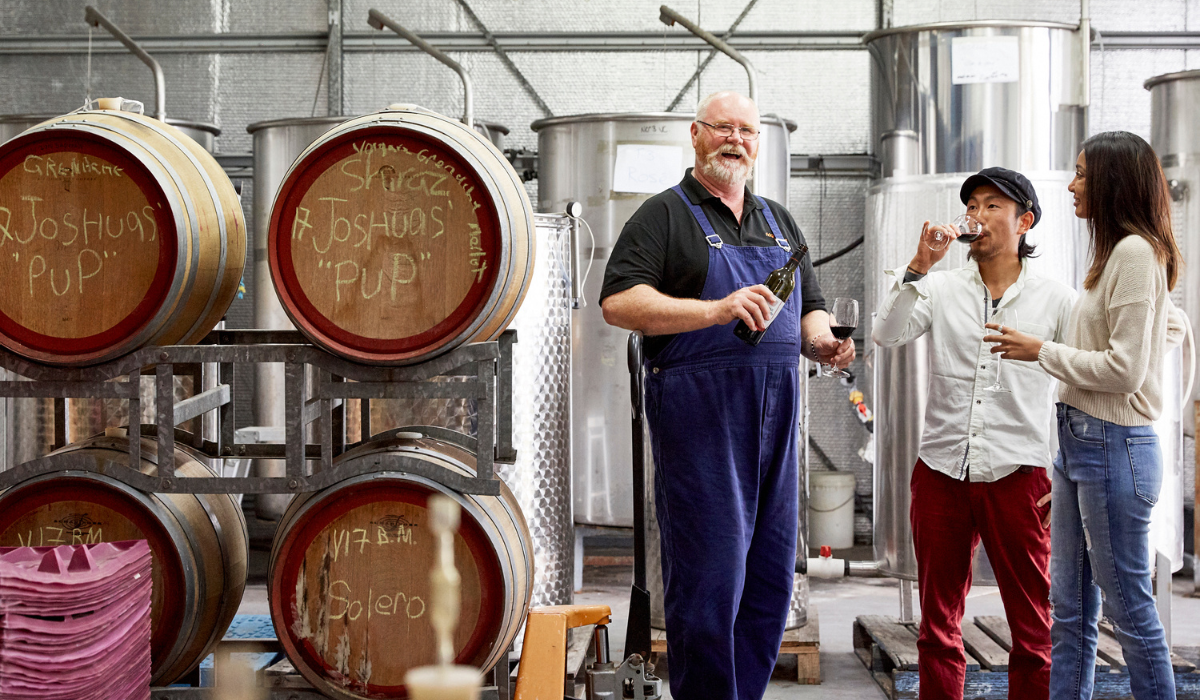
Among the foundational producers, Ballandean Estate Wines stands out as Queensland’s oldest family-owned winery. The Puglisi family have championed the region for generations, offering wines that cover classic and alternative territory with equal assurance. While shiraz and viognier may be excellent staples, there’s merit in lusty, spicy saperavi red releases, and interest in also more recently planted white wines from the Italian variety malvasia. Consistency abounds at this producer.
Peter McGlashan from Ridgemill Estate is often mentioned in celebratory tones when considering Granite Belt wine region. His enthusiasm ricochets between social media promotion, investment in local tastings, wine show involvement and pushing boundaries not only with winemaking, but looking to initiatives that advance the image of Granite Belt. A saperavi symposium comes with Peter’s mark made on it (and he produces a delicious, rich rendition from Ridgemill Estate), with now a whispered threat of taking Granite Belt chardonnay to Australia in the form of a comparative tasting. Ridgemill’s rieslings are region-wide highwater marks, shiraz comes with local, hefty dashes of black pepper. The wines are well worth seeking out, the cellar door experience a treat.
Another staple in the roster of well-loved, well-known Granite Belt producers, Symphony Hill Wines are known for producing some of the region’s most awarded wines, with a lean into precision and polish. Shiraz and petit verdot are powerful yet composed, while their verdelho and gewürztraminer offer texture, added dimensions and aromatic lift. The wines are worthy for getting a handle on typicity from Granite Belt staple varieties.
Granite Belt wines making an impact
Shiraz in the Granite Belt is perhaps the easiest introduction to how the Granite Belt works with a very familiar variety. Medium-weight and layered with inherent black pepper, shiraz gains detail from exotic spice, bush herbs and stony minerality in best examples — like those from Balancing Heart, Bent Road and Symphony Hill — these rival the country’s most elegant expressions and come with an imprint of distinct regional character.
Sangiovese seems to be a story in the making, often showing svelte texture, fine, dusty tannin profile and a distinctly savoury edge. Tempranillo, too, is showing mettle from the region, offered as both youthful, chillable styles and as structured, oak-aged reds. There’s more to come with these two red varieties.

White wines show equal diversity and strength. Verdelho and viognier, while often underappreciated elsewhere, find new life here with richer, nuanced expressions tempered by acidity and well-judged winemaking edifice. Look for lees-aged examples or those given time in neutral oak for added depth. Fiano and vermentino are arguably the most exciting white varieties emerging from the region, often bone dry, saline, and textural, with notes of complexity found in savoury elements adjunct to fruitiness in the wines.
Granite Belt is a region best approached with curiosity and a willingness to be surprised. A stunning region to visit with its granite outcrops and Aussie bush vistas, cool evenings and an Australian alpine feel. It’s a region that continues to be defined by difference, where small producers thrive, where tradition coexists with innovation, and where the wine offering is a broad in its vision.
More so, the quality rises and rises – this is perhaps the most salient thing to say. Once seen for uniqueness only, the x-factor being ‘strange birds’, now the conversation shifts to and increasingly outstanding excellence in wine, and across a spectrum.
This article first appeared in issue #80 of Halliday magazine.
Order your copy of the 2026 Halliday Wine Companion today
The 2026 edition of the seminal guide to Australian wine, the Halliday Wine Companion, is on sale now. Purchase your copy today, or upgrade to a Vintage Halliday membership.
